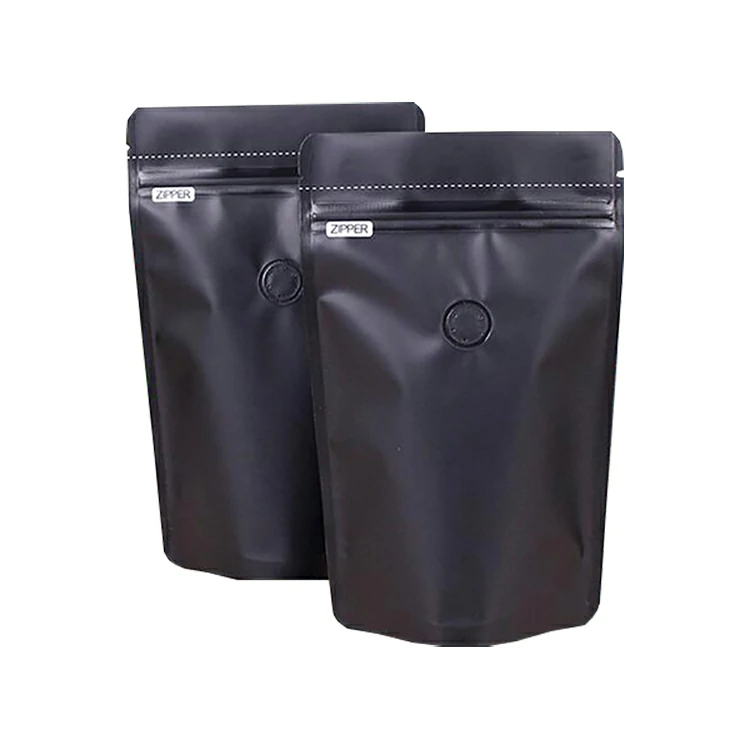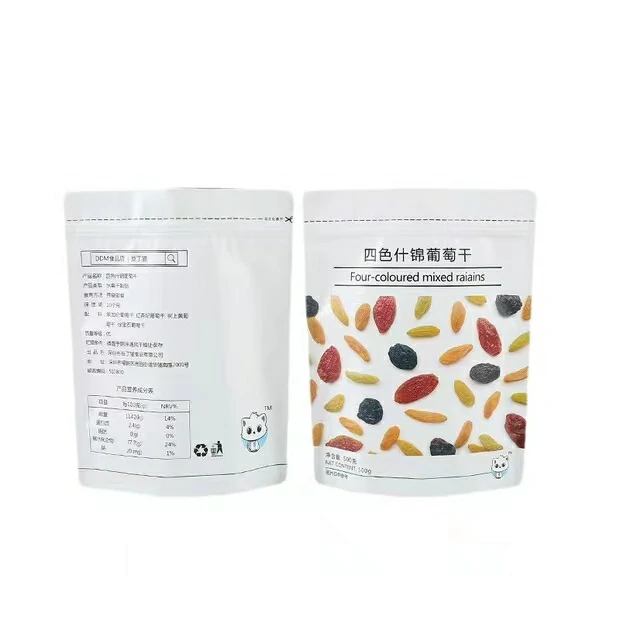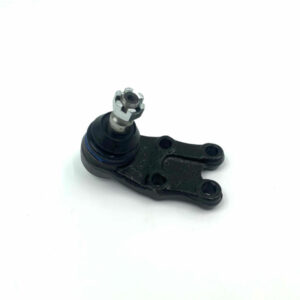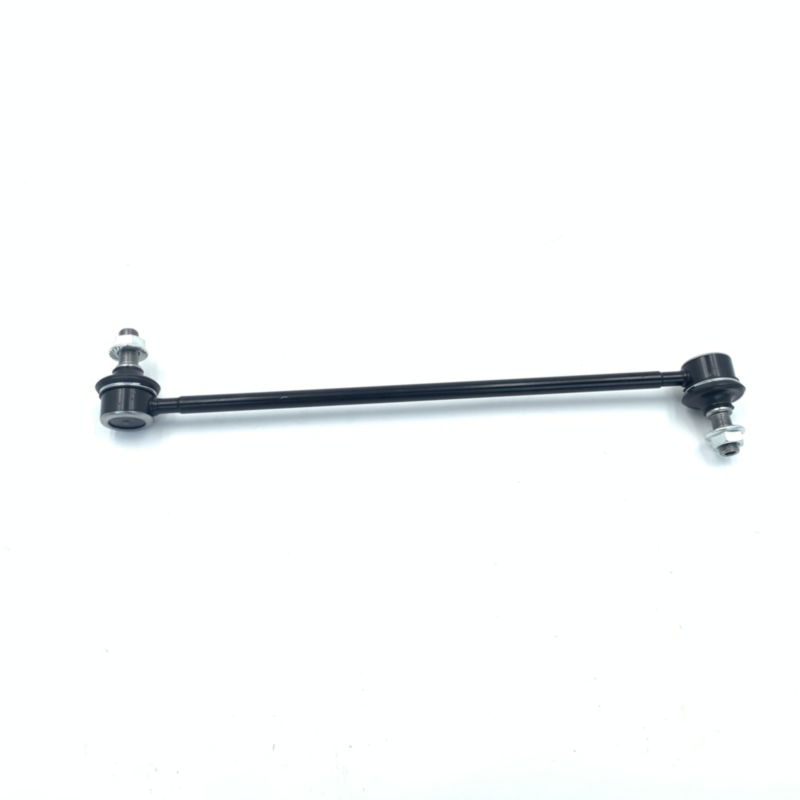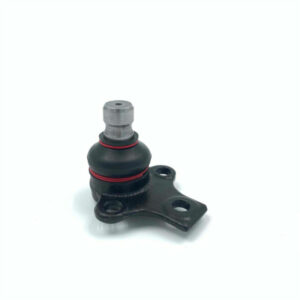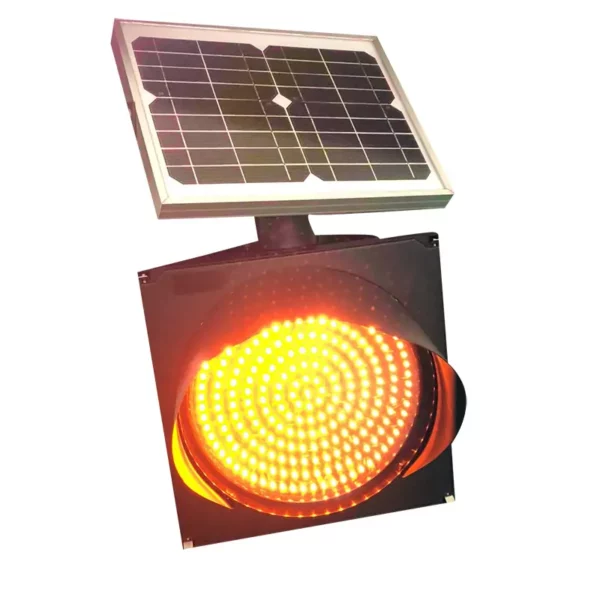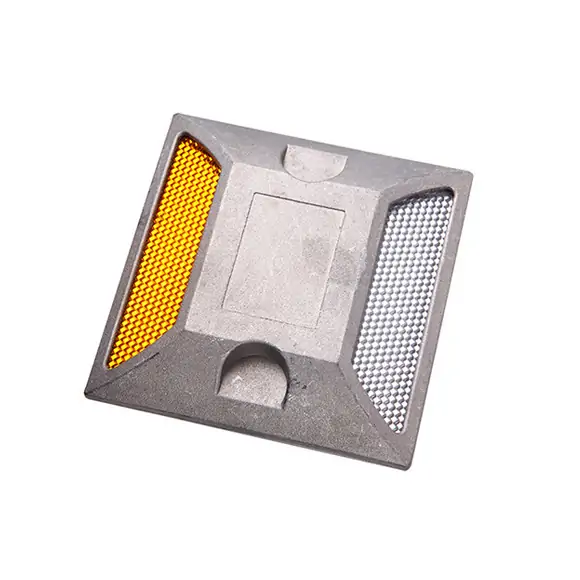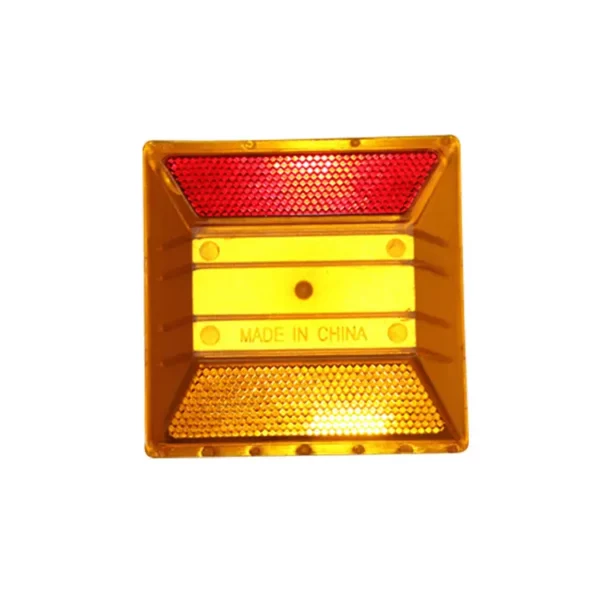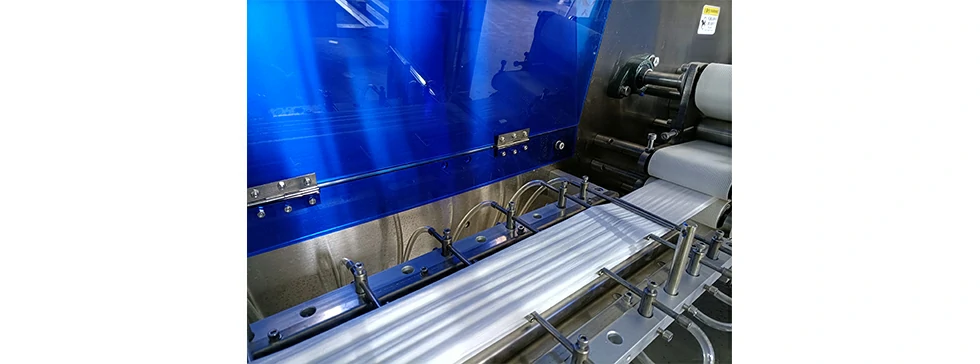Security Feature: With 6 Aluminum Alloy Safety Locks!!! Complies with the latest requirements of DPWH. Load Capacity: >40 tons,this solar road stud marker is very popular in Philippines
Security Feature: With 6 Aluminum Alloy Safety Locks
Battery: Lithium battery 1000mAh*3.2V
Size: φ150*50mm / φ143*47mm
LED color :
Load Capacity: >40T
Security Feature: With 6 Aluminum Alloy Safety Locks!!!
- The base of this internally illuminated solar road stud is made of cast aluminum, and the surface is made of plastic spraying technology.
- The shell is made of reinforced PC material, which has excellent impact resistance and heat stability
- Loading capacity more than 40 tons, can be used in the middle of road.
- This solar studs is very popular in Philippines. Complies with the latest requirements of DPWH
- NOKIN exports solar road studs to the Philippines with more than 15 years of experience.
- The recommended spacing between each solar road studs are as follows:
- Highways and Expressways
- 7 – 8 yards (5 – 6 meters)
- Dangerous Entrances and Exits
- 4 – 5 yards (2 – 3 meters)
- Access or Exit ways for Hospitals, Parking Lots, etc.
- 0.5 – 3 yards (0.5 – 2 meters)
- The spacing between of each solar studs also according to your actual application requirements, the above values are for reference only.
- Application:
- Solar road marker can be used in motorway(highway/expressway/skyway), Urban road,parking lot,airport, and other public places, more application cases, pls vist our cases page;


